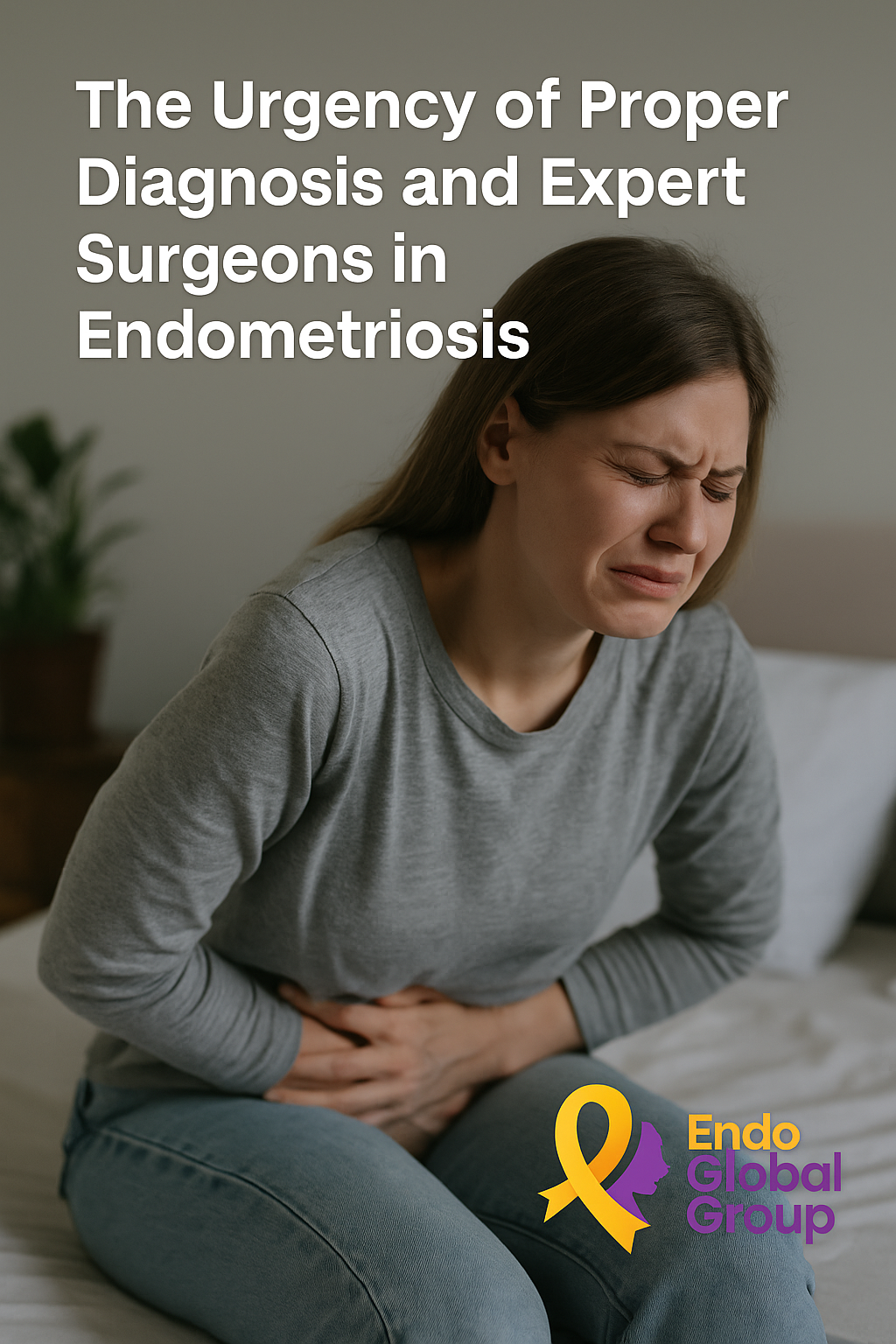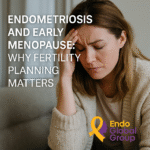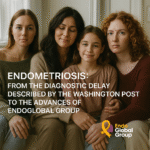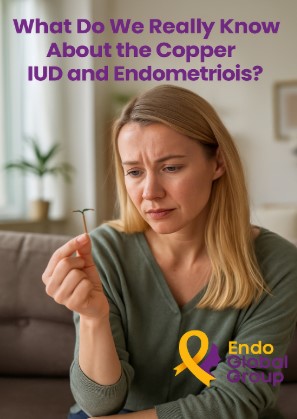A Story That Reflects the Reality of Millions of Women Caitlin, a 21-year-old from Dublin, has lived with endometriosis for most of her life, although she only recently received the diagnosis. Her struggle began at the age of 11, when her first periods arrived accompanied by crippling pain. Month after month she found herself bedridden …
A Story That Reflects the Reality of Millions of Women
Caitlin, a 21-year-old from Dublin, has lived with endometriosis for most of her life, although she only recently received the diagnosis.
Her struggle began at the age of 11, when her first periods arrived accompanied by crippling pain. Month after month she found herself bedridden for days, missing school and social activities, but every time she sought help she was told it was “normal period pain.” Doctors reassured her that some women “just have stronger cramps,” and no further evaluation was performed.
Through her teenage years, the situation worsened. Caitlin remembers skipping classes, staying awake through sleepless nights, and relying heavily on painkillers that provided little relief. “I thought this was just how life was meant to be for me as a woman,” she recalls.
At 18 years old, as she entered the workforce, her condition escalated. She experienced chronic pelvic pain outside her periods, painful bowel movements, and fatigue so severe that she struggled to keep up with work routines. Employers became frustrated with her frequent absences, and Caitlin eventually had to leave her job. This was not just a health problem—it became an economic and emotional one.
In October 2023, her pain reached unbearable levels. She visited emergency rooms multiple times, only to be sent home with stronger pain medication. The underlying problem was never addressed. “It felt like nobody was listening. I kept telling them that this pain was not normal, but I was invisible.”
Desperate for answers, Caitlin decided to pay for a private MRI. The results finally revealed what years of dismissals had ignored:
Ovarian cysts consistent with endometriomas.
Intestinal lesions suggesting deep infiltrating endometriosis.
An ovary adhered to the uterus, evidence of severe adhesions.
For the first time, she had a name for her suffering: deep endometriosis. Specialists told her that the only solution was complete excision surgery performed by an experienced surgeon.
But there was one more obstacle: in Ireland, waiting lists for this type of surgery extend for years. Without timely care, her pain will persist, and her fertility may be permanently compromised. Facing this, Caitlin turned to the community, launching a fundraising campaign to collect €8,000 to seek treatment abroad.
“I don’t want to lose more years of my life. I just want the chance to live without constant pain, to work, to travel, to be myself again,” Caitlin shared.
A Global Health Problem Too Often Ignored
Caitlin’s story is not unique. It is estimated that 176 million women worldwide live with endometriosis (WHO, 2021). Despite this staggering number, it still takes an average of 7 to 10 years to receive a diagnosis.
During this time, women endure not only pain but also:
Lost education and career opportunities.
Infertility and relationship strain.
Emotional toll, including anxiety, depression, and hopelessness.
Dismissals from healthcare systems, where their suffering is minimized.
This cycle of neglect leaves women like Caitlin fighting not only their disease but also the barriers to accessing expert care.
The Importance of Expert Surgeons
Endometriosis is not solved with painkillers, contraceptives, or partial surgeries. The gold standard is deep excision surgery, performed by specialists with advanced training.
Such surgery requires:
Diagnostic mapping with specialized ultrasound and pelvic MRI.
High-definition laparoscopic techniques to remove lesions completely.
Multidisciplinary surgical teams, often including gynecologists, urologists, and colorectal surgeons.
Experience from international centers of excellence, which drastically reduces recurrence rates.
This level of expertise is not available everywhere—and for women like Caitlin, the absence of these resources forces them to seek care abroad.
Endoglobal Group: World-Class Excellence From Tijuana, Mexico
Against this global challenge, Endoglobal Group has established itself as a center of excellence for the treatment of endometriosis.
We are based in Tijuana, Mexico—the global epicenter of medical tourism— operating within two of the most prestigious hospitals in the region:
Hospital Cyntar
Hospital Ángeles Tijuana
These hospitals bring together world-leading endometriosis surgeons, offering:
Precise diagnosis through advanced imaging and mapping.
Deep excision surgery performed to international standards.
Multidisciplinary, patient-centered care.
Outcomes comparable to Europe and the U.S., but with better accessibility and shorter waiting times.
A location that serves patients from North America, Latin America, and Europe, thanks to Tijuana’s strategic connectivity.
By combining world-class surgical expertise with the accessibility of Tijuana’s medical tourism infrastructure, Endoglobal Group provides what so many women worldwide desperately need: timely, definitive, and compassionate care.
Final Reflection
Caitlin’s story is the story of millions: women living in silence, enduring years of pain, denied timely care, and left to believe their suffering is “normal.” This is not just a medical problem—it is a matter of dignity, equality, and human rights.
At Endoglobal Group, we are committed to changing this narrative. Our mission is simple yet powerful: early diagnosis, expert surgery, and real hope for women with endometriosis.
From Tijuana, the world capital of medical tourism, we bring together international experts to ensure that no woman has to wait years for care, fundraise for surgery, or lose her dreams to endometriosis.
Every patient deserves more than survival—they deserve a life without pain.
🌍 www.endoglobalgroup.com





